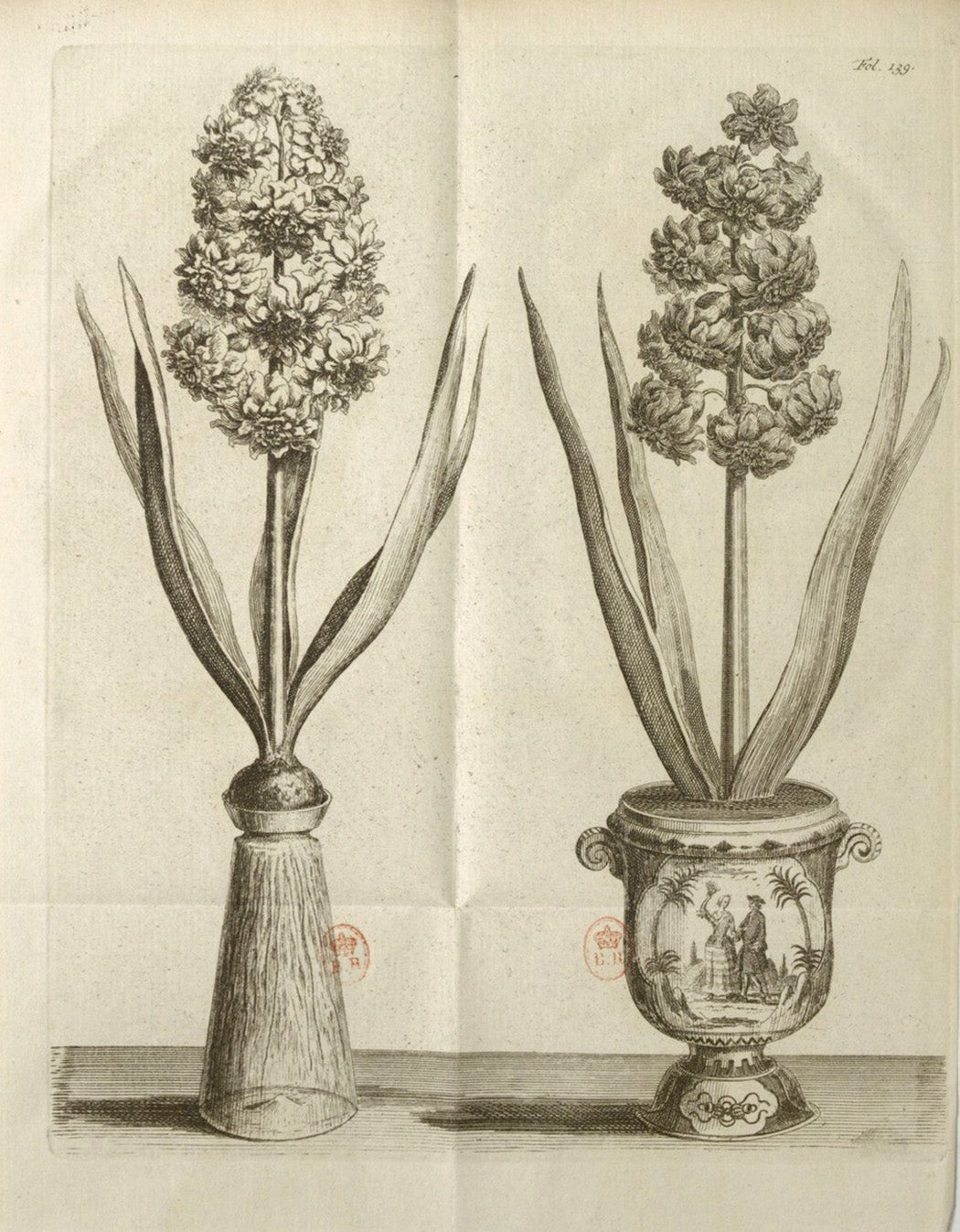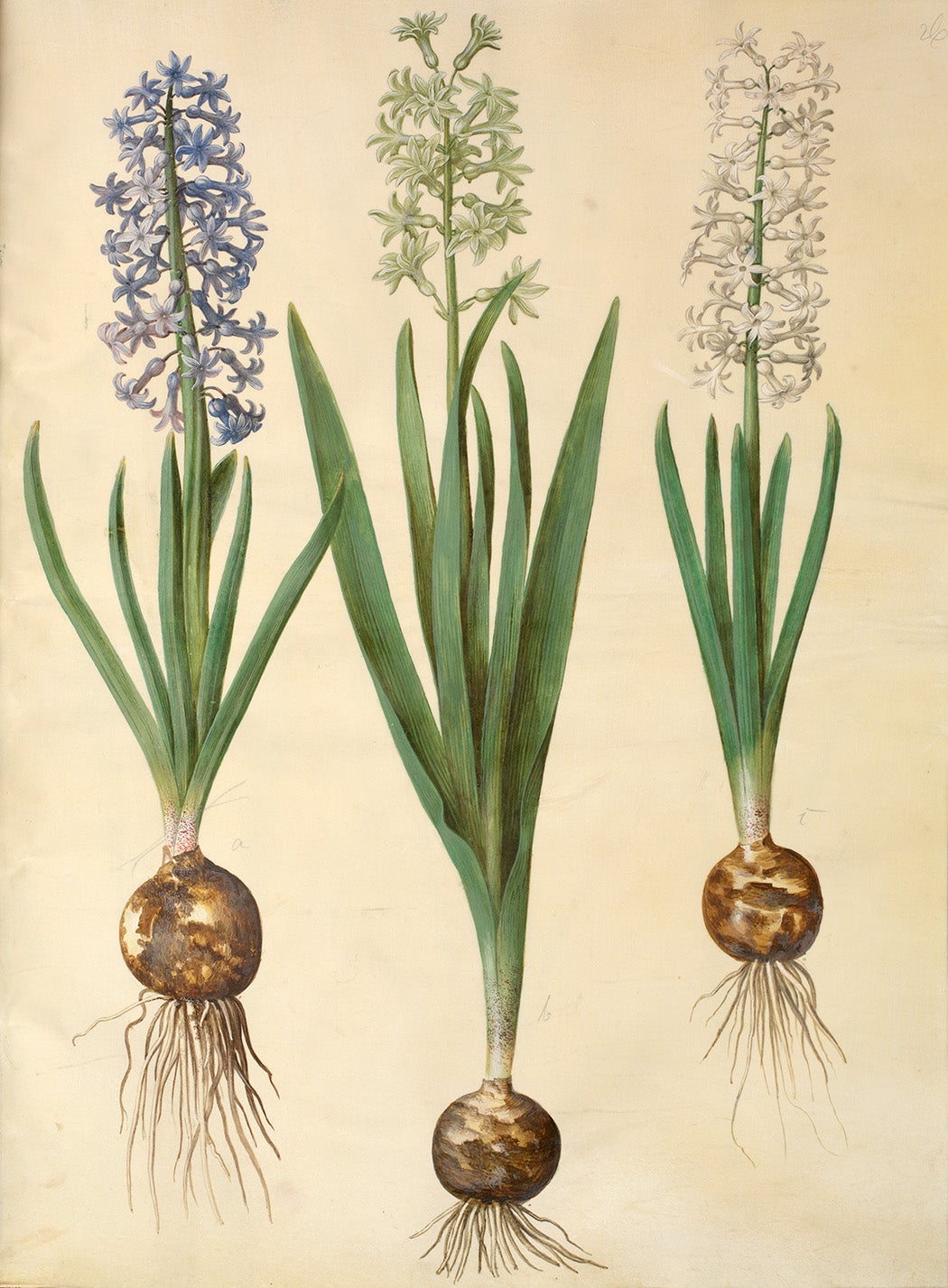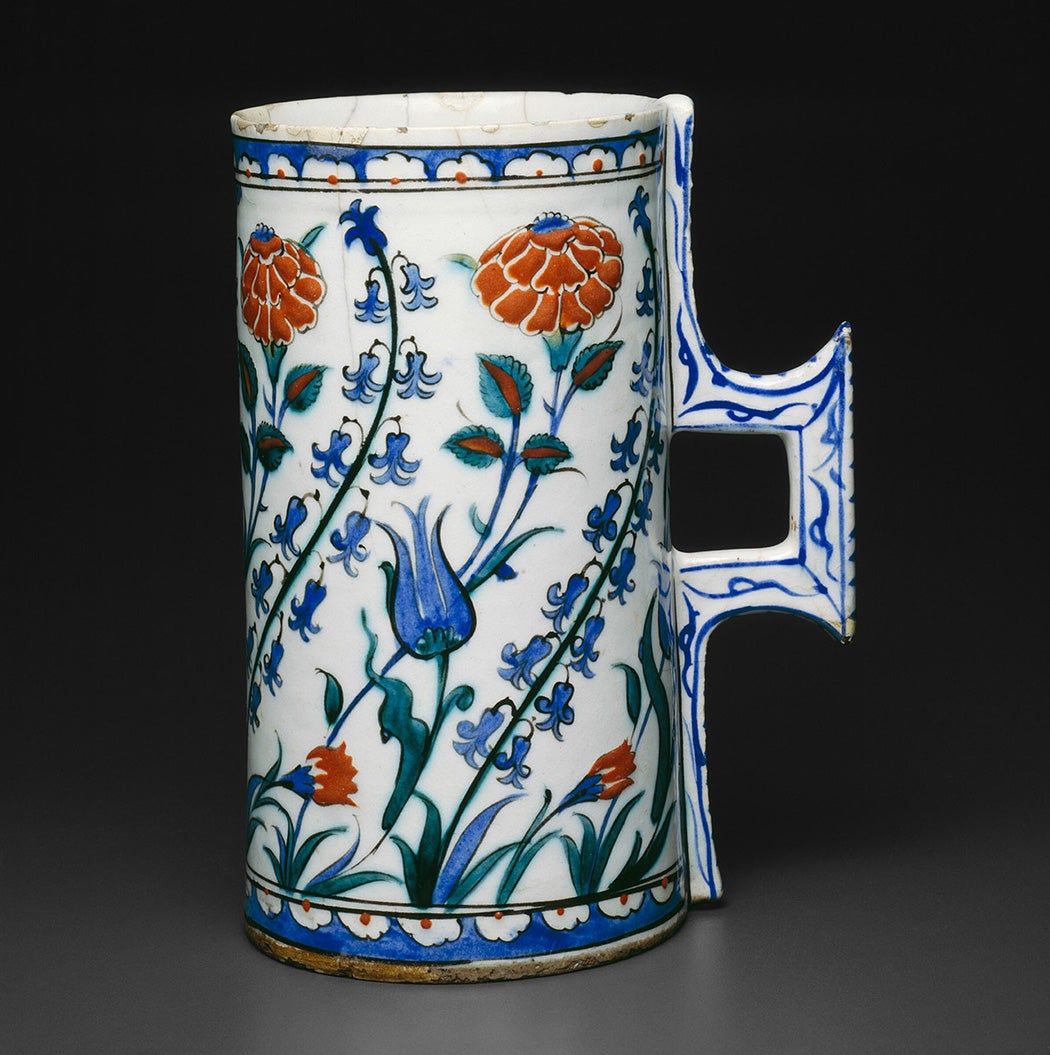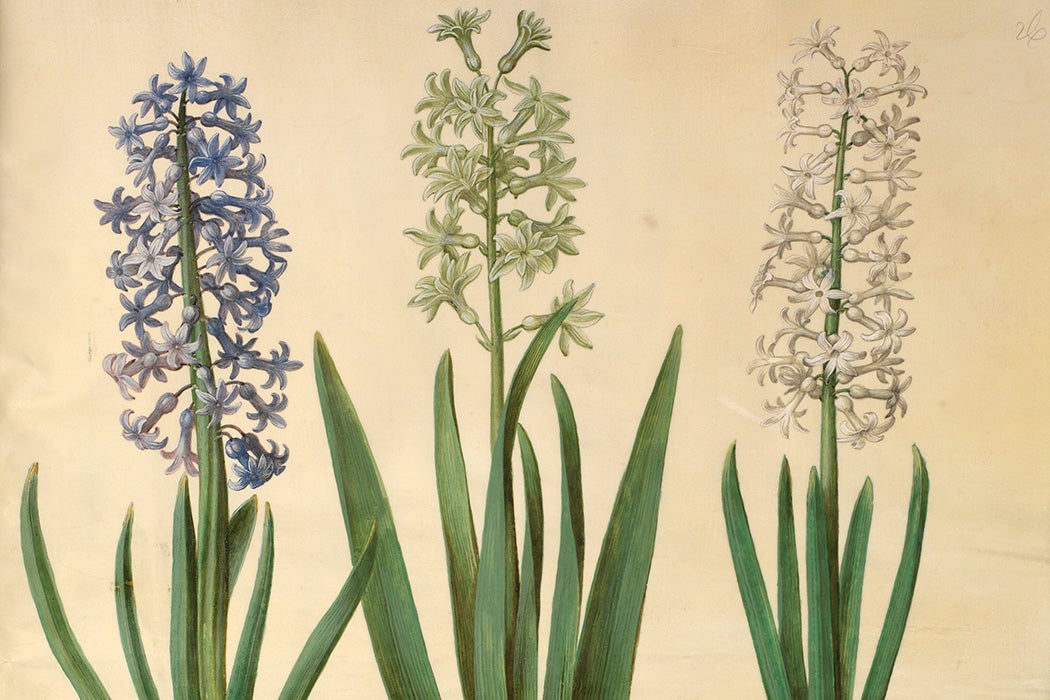Between August and October 2021, many trade magazines and blogs were abuzz with news of a Dutch bulb shortage in the U.S. A limited supply of fall bulbs grown in the Netherlands could, as one article warned, prevent home gardeners in the Northern Hemisphere from being able to purchase tulips, daffodils, and other garden ornamentals that needed to be planted in the autumn to flower in the spring.
According to a news release, several factors contributed to this unprecedented shortage. A tremendous growth of interest in home gardening in recent years, intensified since the COVID-19 pandemic, generated high demand for bulbs that outpaced a low supply, due to weather-related problems in Holland that decreased the annual harvest. And, making matters worse, many firms operating under pandemic restrictions processed fewer bulbs than usual, while a global shortage of shipping containers delayed deliveries of those available.
By and large, the coverage of the Dutch bulb shortage focused on the tulip, yet many other garden flowers were in limited supply. One in particular has a rich history that holds a special meaning today. This plant is the garden hyacinth, Hyacinthus orientalis.


This stunning image above of three garden hyacinths provides an apt introduction to the plant, from flowers to roots. Significantly, the artist carefully defined the hyacinths’ irregular globe-shaped bulbs with bronze-colored papery tunics. Such tunicate bulbs are fleshy stems that store nutrients absorbed by the plant during its periods of growth. Once the plant enters the dormant stage that coincides with the arrival of wintery weather conditions, the bulb provides enough water and energy for the plant to survive until the spring, when warm temperatures and more concentrated sunlight trigger and fuel the plant to grow once again.
Bulb adaptations enabled the hyacinth to survive in its native eastern Mediterranean despite the short growing season, and this proved invaluable to humans. Merchants active in Istanbul from the 1500s to the mid-1700s prospered, as an economic study explains, by selling easily-transportable bulbs through inter- and transregional trade networks. In the Ottoman Empire, the hyacinth held special status as did tulips, carnations, and roses, owing to centuries of their cultivation. While real Ottoman hyacinths do not survive today, their once-vibrant cultural presence is immortalized in the floral motifs decorating such objects as this Iznik tankard below.

The ease of transporting hyacinth bulbs enabled their migration, along with other ornamental bulbs, from the Ottoman Empire to Europe between the 1550s and the 1610s. Numerous historical sources establish the plant’s introduction to Europe, including Rembert Dodoens’ 1569 Florum, et coronariarum, containing a hand-colored image of Hyacinthus orientalis. Such early arrivals would have had only a few flowers, resembling the delicate plant shown in a botanical illustration by the amateur German artist Magdalena Rosina Funck. As early as 1612, however, the double-flowered hyacinth was gaining notice in Bavaria, and its varieties began to be cultivated in earnest in Haarlem by the 1680s.

The ease of forcing hyacinth bulbs to flower indoors helped to spark a mania for the plant in eighteenth-century France. In the mid-1740s, Madame de Pompadour, the mistress of Louis XV, popularized the process of forcing bulbs to bloom indoors at the French court. It was also likely Madame de Pompadour who first ordered the French royal porcelain manufacturer Sèvres to begin producing bulb pots for forcing. While one can force hyacinth bulbs by planting them in a glass vase above water or in a pot with soil, as this illustration shows, the use of glass affords the double pleasures of observing the plant grow a flower stock and roots.
Weekly Newsletter
Forcing hyacinth bulbs to bloom indoors before the arrival of spring can only be done once, because the process depletes the plant’s energy store. And the bulb, if reused in the garden, will not likely produce flowers again for several years. The rhythm of the bulb’s lifecycle and the fall 2021 Dutch bulb shortage raised questions about sustainability and the large-scale environmental impact of the global bulb trade. Student researchers at Leiden University have demonstrated that problem in their 2021 report, highlighting the trade’s dependence on “chemical pesticides and artificial fertilizers … leading to soil degradation, aquatic pollution, and biodiversity loss,” and urging the need for sustainable alternatives.
By telling the stories of alluring ornamental plants, such as Hyacinthus orientalis, from a fresh perspective, the Plant Humanities Initiative illuminates their extraordinary significance to human societies and cultures, while also raising awareness of deep sustainability issues and the need for innovative responses to the current environmental crisis.
Editor’s Note: This article was amended to include a link to the Dumbarton Oaks Plant Humanities Initiative.








